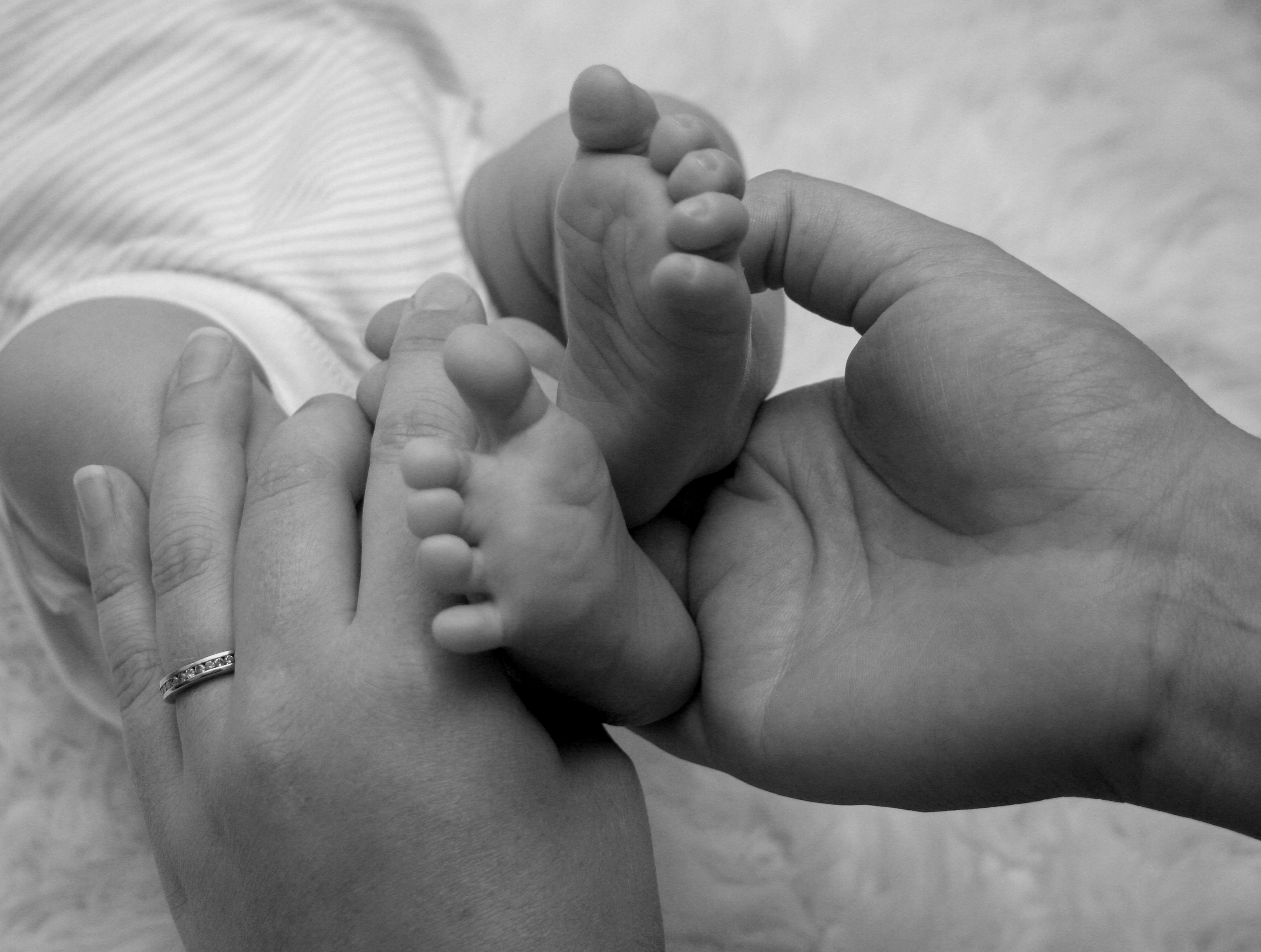Thumb sucking and pacifiers can be a real worry to most parents. We've all heard the horror stories about children's teeth becoming deformed and needing orthodontic intervention.
After doing some research and calling a few pediatric dentists, I was able to get more information from the dentists at South Valley Pediatric Dentistry. They even have a blog with great information on topics ranging from Halloween candy to dental care for Autistic children.
Sucking on a pacifier and/or thumb is a healthy, natural reflex that infants and toddlers use to soothe themselves. Sucking is very relaxing and may help children fall asleep. Sometimes infants and children will develop thumb sucking in response to the popular Cry It Out (or Ferber) method because they are left to self-soothe. Thumb sucking is the most natural response for an infant to self-soothe, especially if they do not have a pacifier.
According to pediatric dentists and the ADA (American Dental Association), sucking on a pacifier and/or thumb will effect a child's teeth and mouth formation. However, this effect does not become serious (or expensive) until after permanent teeth have come in; this happens around 6 years old when children start losing their baby teeth.
Most dentist do not begin to worry about thumb sucking until a child is 5 years old.
A child sucks his/her thumb to manage stress. Most children will stop sucking their thumb on their
own at around 2-4 years old.
own at around 2-4 years old.
Dr. T. Berry Brazelton explains that thumb sucking after toddlerhood is a symptom of a deeper issue. Instead of trying to fix the symptom, Dr. Brazelton suggests doing some research to find the root of the problem.
Here are some transitions that can cause stress and, consequently, prolonged thumb sucking:
- Parent leaving for extended amount of time
- Starting new daycare or preschool
- Divorce
- Potty training
- New sibling
If you are becoming anxious because your child is over 4 years old and is still sucking his/her thumb or pacifier, here are some tips to help beat the habit.
- Give or show them alternative methods to self-soothing; a blanket, toy animal, exercise, laughing, cuddling, etc.
- Do not accentuate the negative by punishing the child when he sucks his thumb; i.e. notice the times that your child soothes himself without a thumb/pacifier and praise him for using alternative methods.
- Zero in on the root cause of the thumb sucking; try to alleviate the stress in your child's life.
- If you child is sucking a pacifier, poke a hole in the soft part and it will deflate the pacifier making it impossible to suck on. This may cause some weeping and wailing for a night or two, but it will rid them of the habit. Since the child sees the pacifier as defective, you will not be the "bad guy" by taking the pacifier away. Parents have had great success with this method.
- Try to wean the child off of a pacifier or thumb just like you weaned them off of breastfeeding or bottle feeding. Try to get them to only use it at night when they need help going to sleep, and then slowly introduce something else in it's place: reading books, a blanket, a toy animal, etc.
- If you have to take extreme measures (which should only be used when they start losing their baby teeth) you can rub nasty tasting ointment on the thumb, or a band aid to make the thumb less desirable. Dentists/orthodontists also offer mouth pieces that have spikes making it painful to suck a thumb (ouch!).

Pediatricians and dentists have both mentioned that thumb sucking is a natural self-soothing method that should not be stressed over. Unless a child is exposed to extremely stressful situations, they will most likely break the habit by themselves at around 2-4 years old.
What have you tried? What have you found to be the most successful?
Sources:
Touchpoints -Dr. T. Berry Brazelton, M.D






























